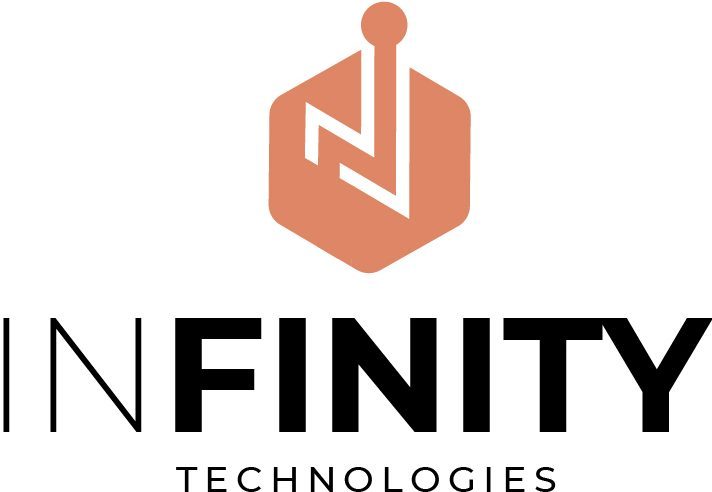It may be time to implement a project management strategy if you have ever felt that keeping your project team organized is like herding cats.
A good project management plan will tell you where you are going and when you have arrived.
Establishing a comprehensive project plan is an essential step for agency leaders during the planning phase of a project. This article will explain a project plan and its benefits to you, your team, and your next project.
What is a Project Management Plan?
A project management plan is an important document that outlines everything you and your team need to know about a project. Your written plan should include input from key stakeholders and project managers.
The following is usually included in a project plan document:
- The project timeline and schedule
- The project’s scope, deliverables, and budget
- Human Resources and Cost Management Plan
- risk management plan
- Plan for the management and communication of stakeholders in the project, the organizational processes involved, and other critical business information that can impact the project’s implementation.
The Project Management Institute ( PMI ) recommends that you also produce an executive summary, which highlights the most critical points in a format that is easily accessible.
The plan should be dynamic, updated, and reviewed throughout the project phases to reflect changes.
It may take some time to create the plan, but you can use a project management template tailored to your industry. You will save time and create consistency with your project planning.
What are the advantages of a project plan?
As an agency leader, you may wonder if spending so much time on detailed project documentation is the best way to go. A well-crafted plan is a good thing. Can it capture the reality and unpredictability of working on digital creative projects?
The short answer is that you can manage a project without a plan. It will make your life easier in various stages of the project life cycle.
These are the benefits of having a project plan.
Define project scope, boundaries, and deliverables.
Bring your stakeholders together for a project planning meeting to lay the foundations of your new project. It is essential first to define the scope of your project. This will help you determine the limits and boundaries of your project and ensure that you are clear about the deliverables.
You need to specify how you will handle changes at this point in the planning process for scope management. Once the project is underway, certain aspects will inevitably need to change. This is fine as long as everyone agrees on how to do this. Scope management helps you balance client and team expectations.
Everyone should be clear about the budget and timeframes.
Project managers can create transparency by providing clear information about the budget and timeline of the project. The scope can be translated into a Work Breakdown Structure (WBS) to help develop a schedule. This will ensure that all tasks are completed on time.
Determine the resources required for the project.
A complete project plan must also include a Resource Management Plan. This plan will list the resources you need to complete the project. Your resource plan should consist of the required number of hours and the expertise needed at each stage.
It’s possible to plan this out on a spreadsheet, but it is not recommended. It’s too easy to make mistakes and then reproduce them, which can cause significant problems.
This task is made more accessible by a resource management tool such as Runn. You can use it to map out your resources and timeline to allocate them accurately across multiple projects.
Define the success of the project.
Early on, we learned that everyone has a different idea of what “done” means. It is easier to evaluate whether your project’s goals were met if you clearly understand the objectives.
This will ensure that you deliver on your promise to the client and reduce scope creep due to unclear expectations.
Clarity about a project’s objectives can also reduce wasteful resources. This happens when people take the project differently because of misunderstandings.
It helps you to identify potential risks and decide what to do about them.
A project risk plan is one of the most critical components of a successful project management plan. It allows the team to be prepared for any risks and ensure adequate resources in case something goes wrong.
The Risk Assessment should be revisited periodically throughout the project’s life cycle since the constraints of the project may have changed.
You can use this tool to determine how you will report your project.
The project plan should include the metrics and reporting measures used for the project to evaluate and report its progress. The details you have will depend on your project management method and the type of project you are working on.
A project plan allows you to create valuable reports on the project’s status that include all the information needed for successful completion.
Describe how the project will be communicated.
Include a communication plan in your project template to help ensure communication channels are clearly defined from the planning stage. It includes the when, how and to whom various aspects of a project should be communicated internally and externally.
Project management can be used to monitor communication with clients and provide a quick view of each team member’s progress. It also ensures that each team member is responsible for the project deliverables.




